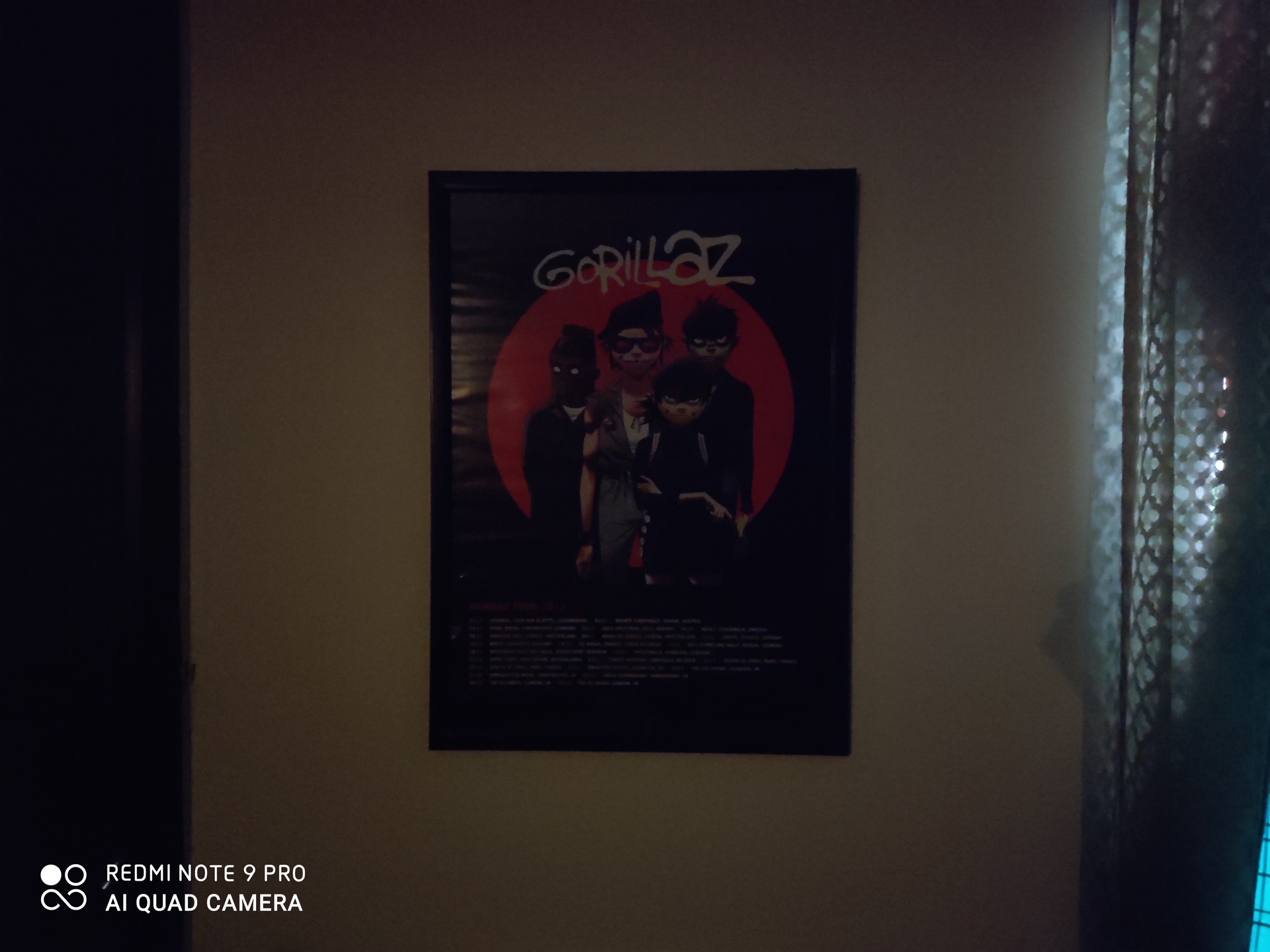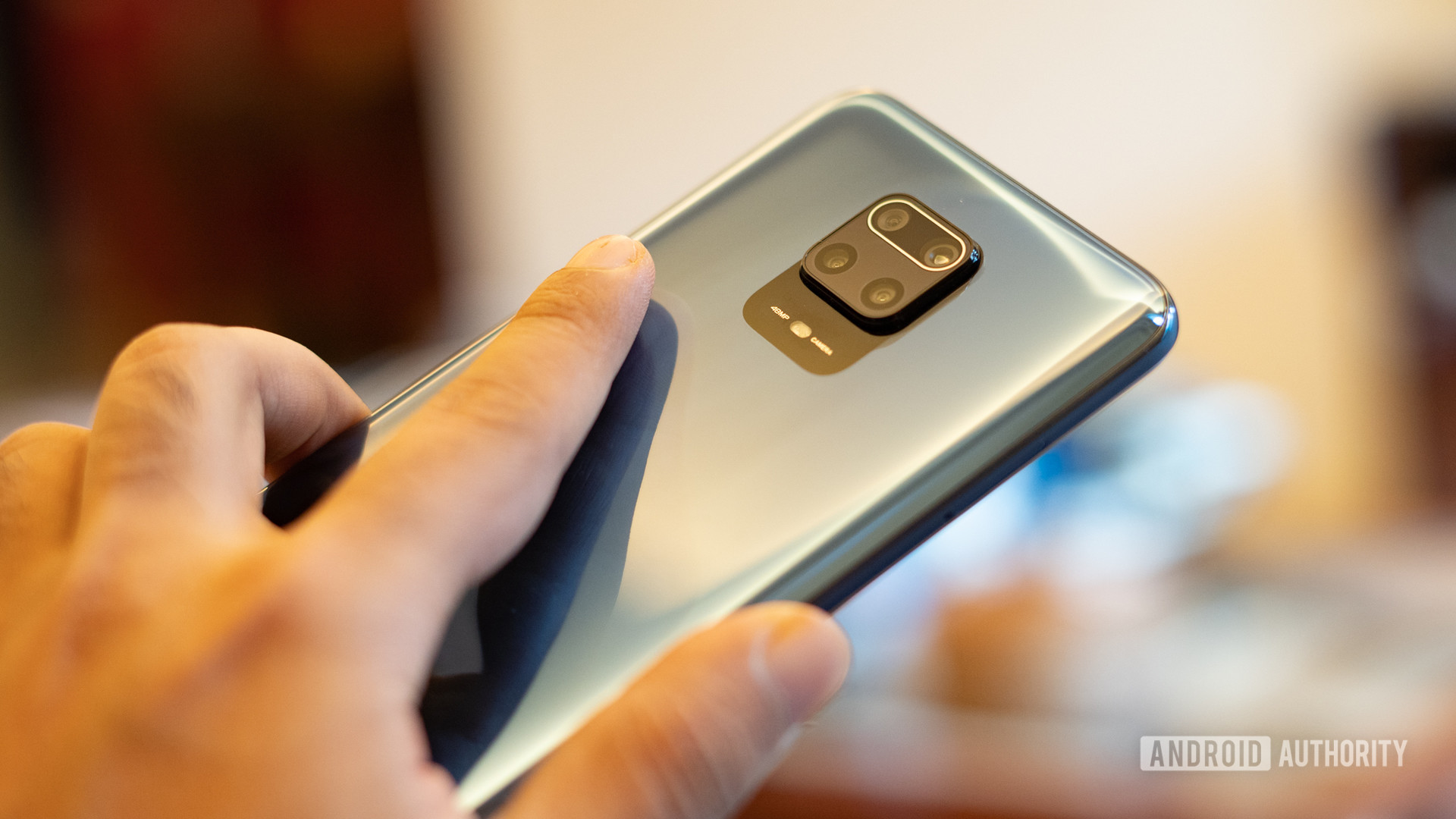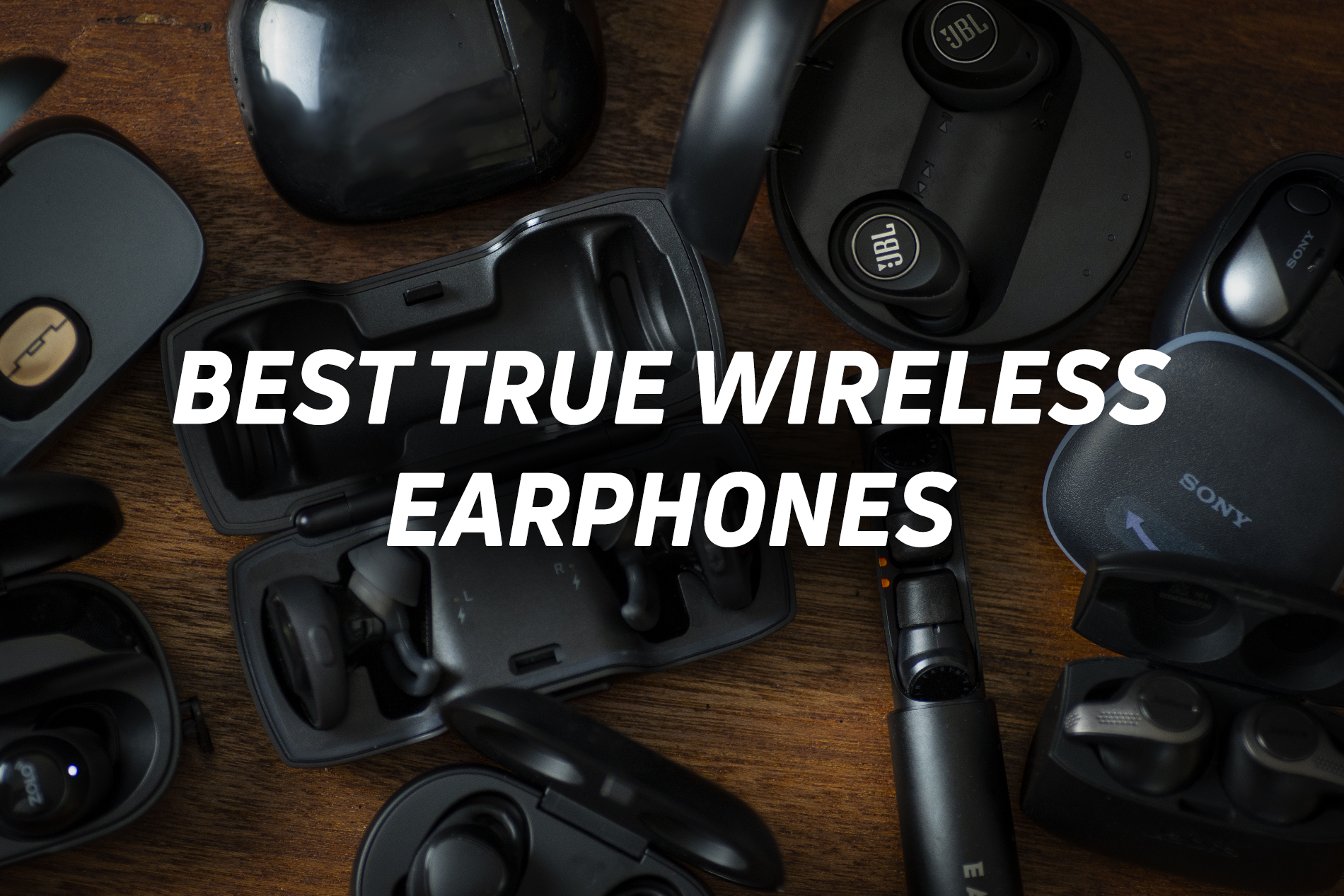Redmi Note 9 Pro review: Great value, even against strong competition
The importance of the Note series of phones in Redmi’s lineup cannot be overstated. It is the phone that put the company on the map and helped Xiaomi gain massive global momentum. The Redmi Note 4 sold over 10 million units over its product cycle, and last year, the Redmi Note 7 Pro was India’s highest-selling phone in the Rs. 10,000 and above category. Suffice it to say, it is critical for the brand to get this product right.
Of course, the competition has been keeping a keen eye on Xiaomi’s rise and has mounted a strong counteroffensive. Realme is its strongest competitor yet and has built a portfolio of truly great products that match Xiaomi spec-for-spec and sometimes beat it.
With that in mind, it is all the more important for Xiaomi to build a product that doesn’t just meet a checklist but pushes forward. Is the Redmi Note 9 Pro that device? We find out in the Android Authority Redmi Note 9 Pro review.
Design: All about balance

Over the last year, Xiaomi has been championing its all-new Aura Balance design direction. The Redmi Note 9 Pro is a direct extension of the design language introduced with the Note 7 Pro, and then further iterated upon with the Note 8 Pro.
The rear panel has a fetching design, but keeping it clean is a chore.
The most distinctive, and different, design element has to be the back panel of the phone. Gone is the gradient and instead, you get a brilliantly glossy pane of Gorilla Glass 5. We have the Aurora Blue variant and at the right angle, it could double up as a mirror in a pinch. Of course, this makes it a fingerprint and scuff magnet. Using the included case is almost necessary if you don’t want to constantly clean up smudges. It’s a shame really since the phone somehow manages to stand out despite the myriad iterations on similar design principles.

Like the Redmi Note 8 Pro, the camera module is centrally mounted. However, instead of a vertical arrangement, all four sensors are enclosed in a raised rectangular section with the flash placed below it. The raised module stands proud on the phone, though I found it catching on the pocket of my jeans a bit.

A big change this time around is the switch to a side-mounted fingerprint reader. It is integrated into the power key and I found it to be extremely fast at unlocking the phone. The button is intuitively placed and very easy to reach, even with a single hand. What is not-so-intuitive, however, is the unsegmented volume rocker. It is placed too far up so reaching it is nearly impossible without grasping the phone with two hands or awkwardly shuffling it around.
I found the volume keys too unwieldy in daily use.
You will find a USB-C port along the bottom edge as well as a headphone jack. Over on the left is a combined slot for dual nano-SIM cards as well as a microSD card for memory expansion. Yes, the phone retains an IR blaster at the top.

Over on the front, things are less different. There’s a slightly bigger 6.67-inch display with a taller 20:9 aspect ratio and camera cutout for the front-facing camera. The resolution remains Full HD+ with the panel delivering punchy colors at the default setting. However, compared to stablemate the Poco X2 and competitor Realme 6 Pro, the phone doesn’t pack a high refresh rate panel. While the benefits of a 90Hz or even 120Hz panel on a mid-range phone are debatable, there’s no doubt that this is a missed opportunity that puts the Redmi Note 9 Pro on the back foot compared to its peers.
![]()
Overall, the Redmi Note 9 Pro is a conservative, but pleasant step forward as far as aesthetics are concerned. I do have an issue with the sheer weight of the phone though. Clocking in at 209g, the Note 9 Pro can get cumbersome to hold over long durations. No, the phone is not waterproof. However, it retains a P2i coating which should offer a degree of splash resistance.
Performance: Perfectly adequate

The Redmi Note 9 Pro sees the company returning to Qualcomm’s Snapdragon platform. While the Note 8 Pro used a Mediatek Helio G90T, this time around the phone sports a Snapdragon 720G. The chipset sports a combination of two Kryo 465 Gold cores, as well as six Kryo 465 Silver cores. In addition, there is an Adreno 618 GPU tackling graphics duties.
As is the case with almost every mid-ranger these days, day-to-day performance is more than satisfactory. MIUI is well mated to the hardware and delivers a polished, slick experience. There is no hint of lag or stutter, and we didn’t expect it either.
Performance is not an issue, but I'd steer clear of the 4GB RAM variant of the Redmi Note 9 Pro.
Depending on the variant you opt for, RAM may or may not be an issue. I’d advise gamers to steer clear of the base version of the phone with just 4GB of RAM. In fact, it wouldn’t be the best choice from a future-proofing point of view either, if you plan to hold on to the phone for a few years.
Despite being a mid-range chipset, the Snapdragon 720G is more than capable of powering through any app or game you throw at it. I was able to test out PUBG with the graphics turned up to maximum without any noticeable stutters.
Big battery, slow charging
Xiaomi pioneered the trend of slapping large 4,000mAh batteries in phones, and the Note 9 Pro takes it a step forward. This time around, the phone has a 5,020mAh cell that is more than enough for a long day of heavy use and then some.
The phone delivered over 6 hours of screen-on time in our torture test, but charging the Redmi Note 9 Pro takes time.
Putting the phone through Android Authority‘s very own battery test that runs the SpeedTest G torture test on a loop, the phone delivered a respectable 6 hours and 22 minutes of battery life. Suffice it to say that you won’t be putting the phone through that kind of beating all day long. Unfortunately, charging speeds are limited to 18W and it took a good 140 minutes to top up the battery from scratch.
Software: Same old, same old


Part of the reason Xiaomi manages to keep hardware prices low is its inclusion of software services and ads in the operating system. Running MIUI 11 based on Android 10, things on the Note 9 Pro are the same as they’ve always been, for better or worse.
At its best, MIUI integrates a world of functionality and tweaks right out of the box. From being able to tweak gestures, add themes, set rotating lock-screen wallpapers, to including a competent file manager and software to quickly share files amongst other users, there’s a lot of nice additions here if you are not too fussy about a stock Android-like experience.
The bloatware and constant notification bar spam is irritating to say the least.
However, the sheer amount of third-party apps tossed in remains off-putting. The number of app inclusions seems to be increasing with every successive release and not all of these can be removed. Add to that notification bar spam and it very quickly falls short of the experience you’d want from a new phone. Sure, you can dive into the settings and disable most of these apps, however, this is not something that should be expected from the majority of users.
How’s the camera on the Redmi Note 9 Pro?

The core camera set-up remains consistent between the Redmi Note 8 Pro and the all-new Redmi Note 9 Pro. The quad-camera setup includes an 8MP ultrawide sensor, a 2 MP depth sensor as well as a rather questionable 5MP macro sensor. The primary shooter this time around, however, is a 48MP Samsung GM2 sensor. This is in contrast to the 64MP camera in the previous model. Interestingly enough, Xiaomi has introduced an even higher tier called the Redmi Note 9 Pro Max that sports the 64MP sensor as well as faster charging speeds.

The cameras on the Redmi Note 9 Pro are, for lack of better words, okay. The good news is that Xiaomi has opted for very natural-looking color science here. More often than not, the color temperature and white balance are spot-on which is very good to see. The dynamic range isn’t too bad either with some, but not all details retained in the shadows. However, there is a certain softness to images captured with the Note 9 Pro. I don’t mind the lack of oversharpening at all, but surface-level detail is missing in a lot of images.

On that note, despite pixel-binning images down to 12MP, there is a lot of grain and noticeable noise when pixel-peeping, no matter the lighting conditions. In most cases, it isn’t really bothersome, but it becomes readily apparent when cropping into the frame.


If you like shooting ultra-wide images, or in portrait mode, the Redmi Note 9 Pro does a good enough job. Dynamic range is a bit limited when shooting with the wide-angle sensor and white balance can be ever-so-slightly off. However, the mode works well to capture a wide frame without much effort. Meanwhile, Xiaomi has done a particularly good job at optimizing the portrait mode and the phone does a fantastic job at edge-detection, creating a natural-looking blur.

There’s a 5-megapixel macro camera tossed into the mix, and it does the job. I’m not a big fan of a dedicated macro lens and would rather have a telephoto shooter instead. Still, if you want to get up close and personal with your subjects, you have the option.
 Regular Mode Night Mode
Regular Mode Night Mode

Night mode is, however, where the Redmi Note 9 Pro really flounders. Using the primary camera, images are horribly grainy with digital artifacts and splotches creating a nearly unusable shot. Things improve by a small degree when using the night mode functionality. Still, the image is far from praiseworthy and competitor Realme’s hardware blows away the Note 9 Pro in this regard. Elsewhere, the camera does a reasonable job of capturing selfies from the 16MP front-facing camera. Hit the link to see some high-resolution Redmi Note 9 Pro camera samples.
Xiaomi has made improvements to the video mode as well. The camera captures crisp footage all the way up to 4K, 30FPS though the exposure levels are consistently just a bit too high. Software additions have been made to appeal to content creators, and include a cinematic 21:9 crop mode as well as built-in filters. In a cool-to-have-but-totally-overkill feature, the video camera lets you shoot straight-from-the-sensor log video footage, which should make it much easier to color grade in software like Premiere Pro or Resolve :thinking_face:
Audio

As is the case with mid-range hardware, a headphone jack is part of the package. Audio output from the Redmi Note 9 Pro sounds good enough without any noticeable hiss. I plugged in a pair of 1More Triple Driver earphones and the audio output went loud enough and offered a decent amount of dynamic range. Not the most resolving output, but it should suffice in a pinch if you just want to listen to some tunes on the go. Speaker output is loud but lacking in bass. Dual stereo speakers would have definitely elevated the experience.
If you are planning to use Bluetooth headphones with the Note 9 Pro, the phone can output over AptX, AptxHD, and LDAC so you are guaranteed to get high-quality audio as long as your headphones support the necessary codec.
Specifications
| Redmi Note 9 Pro | |
|---|---|
| Display | 6.67-inch IPS LCD, 20:9 aspect ratio, camera cut-out, Full HD+ (1,080 x 2,400) resolution, 84.5% screen-to-body ratio |
| Chipset | Snapdragon 720G 2 x 2.3GHz Kryo 465 Gold 6 x 1.8GHz Kryo 465 Silver Adreno 618 |
| RAM/Storage | 4GB/64GB 6GB/128GB microSD expansion |
| Camera | Rear: 48MP main (Samsung GW2), f/1.8, 0.8-micron pixel size, PDAF 8MP ultra-wide, f/2.2, 120-degree fov, 1.12-micron pixel size, 1/4-inch sensor 2MP macro, f/2.4, 1.75-micron pixel size, 1/5-inch sensor 2MP depth sensor, f/2.4, 1.75-micron pixel size, 1/5-inch sensor 4K video at 30fps, Full HD video at 30/60fps and slo-mo at 120fps, HD video at 30fps and slo-mo at 720p, 960FPS Front: 16MP, f/2.0, 1.0-micron pixel size, Full HD video at 30fps |
| Battery | 5020mAh 18W charging Quick Charge 4.0 and USB-PD support USB-C |
| Dimensions | 165.8 x 76.7 x 8.8 mm |
| Weight | 209g |
| Colors | Aurora Blue, Glacier White, Interstellar Black |
| Biometrics | Side-mounted capacitive fingerprint scanner Face unlock |
| Sensors | Proximity sensor, In-screen ambient light sensor, Accelerometer, Gyroscope, Electronic compass, Vibration motor, IR blaster |
| Headphone jack | Yes |
| Connectivity | LTE FDD: B1/B2/B3/B4/B5/B7/B8/B20/B28 LTE TDD: B38/B40 WCDMA: B1/B2/B4/B5/B8 GSM: B2/B3/B5/B8 Wi-Fi (2.4GHz and 5GHz): 802.11a/b/g/n/ac Wi-Fi Direct/Wi-Fi Display Bluetooth 5.0 NFC GPS, GLONASS, GALILEO, BDS, NavIC |
Value for money
Value for money is a key selling point for the Redmi Note series of devices. However, for the first time in years, the competition made me really think long and hard if the phone is truly delivering the best value possible. The Redmi Note 9 Pro starts at just Rs. 12,999 (~$177) for the base variant with 4GB RAM and 64GB storage and goes up to Rs. 16,999 (~$232) for the 6GB RAM and 128GB storage version.
If flat-out performance at a low price is what you want, the Redmi Note 9 Pro still delivers the best bang-for-the-buck. The similarly priced Realme 6 saddles you with a Helio G90T chipset, and you’ll have to pay a lot more for the similarly specced Realme 6 Pro.
However, the Realme 6 out-specs the Redmi Note 9 Pro with its high refresh-rate 90Hz display panel, as well as the inclusion of a 64MP camera that genuinely takes better images. Elsewhere, the Realme 6 supports faster 30W charging as well.
Meanwhile, the Poco X2 gives you a faster Snapdragon 730 chipset, a 120Hz display panel as well as a 64MP camera. However, for the cost of the 128GB variant of the Redmi Note 9 Pro, you will only get 64GB of storage here. Additionally, in our review, we found the software to be a bit undercooked on the Poco. Something to be aware of.
Verdict: Reinforcing value

As is usually the case, the choice of phone really comes down to what your priorities are. The Redmi Note 9 Pro succeeds at delivering value. An above-average camera, class-leading internals and beautiful design for the low price of Rs. 12,999 is certainly tempting.
However, if you have an inclination towards gaming, the Poco X2 with its Snapdragon 730 chipset and 120Hz display would be the better choice for you. Meanwhile, the Realme 6 takes a hit on performance but gives you a superior imaging experience. Along the way, you will also take a hit on battery life, but hey, at least you get to enjoy that gorgeous 90Hz panel.
As of March 27, customers seem to agree that the Redmi Note 9 Pro is a solid deal. The phone sold out in minutes in its first two flash sales in India. Meanwhile, Xiaomi is muddying the waters a bit with the anticipated release of the Redmi Note 9S in Malaysia. This new phone appears to be identical in terms of specs to the Redmi Note 9 Pro.
It looks like the competition has finally, truly caught up to Xiaomi and the options speak for themselves. There’s something for everyone and the Redmi Note 9 Pro finds itself fending for itself against an increasing array of quality mid-range smartphones. Which one will you choose? Let us know in the comments section.
from Android Authority https://ift.tt/2xvpwHM



Post a Comment